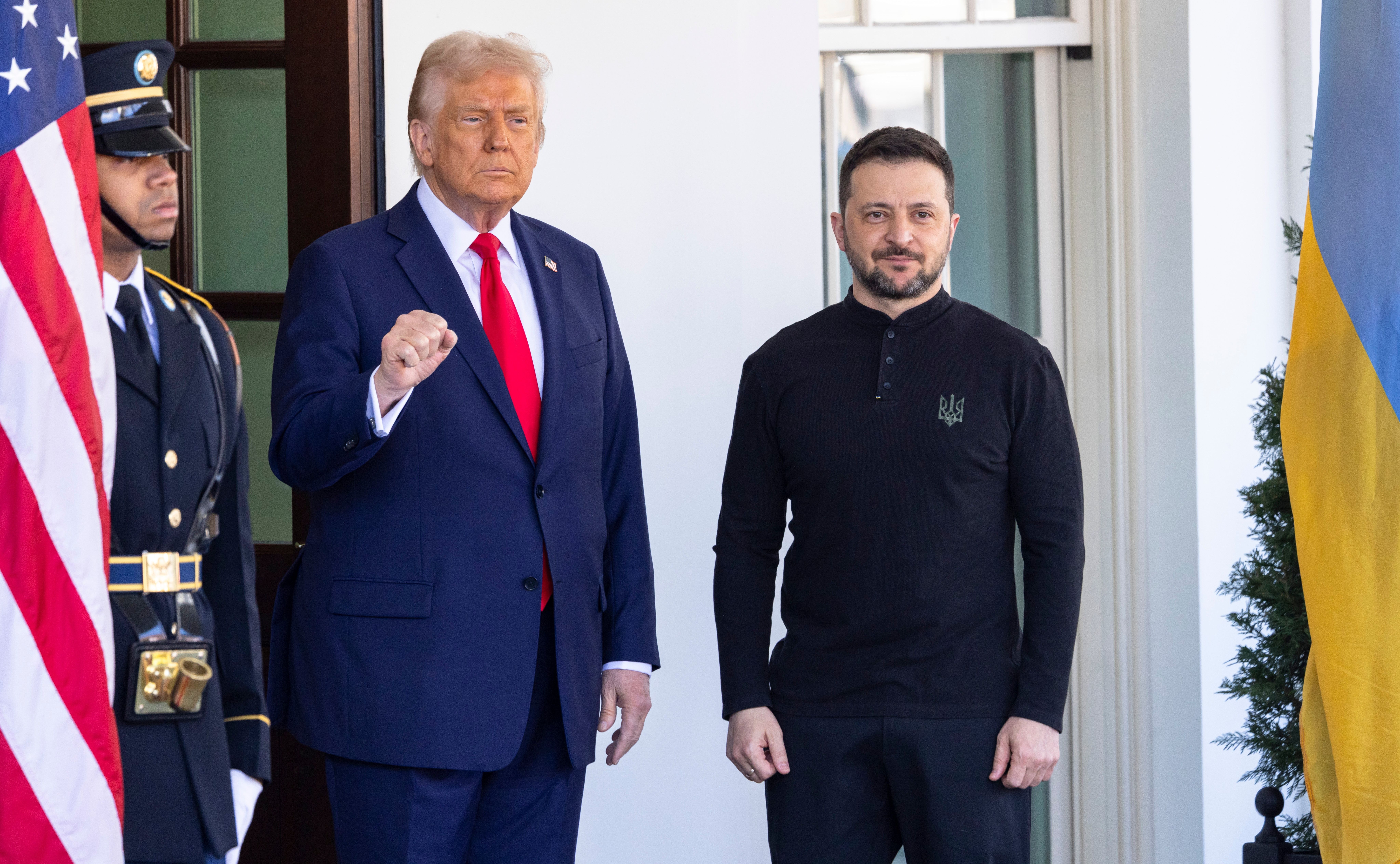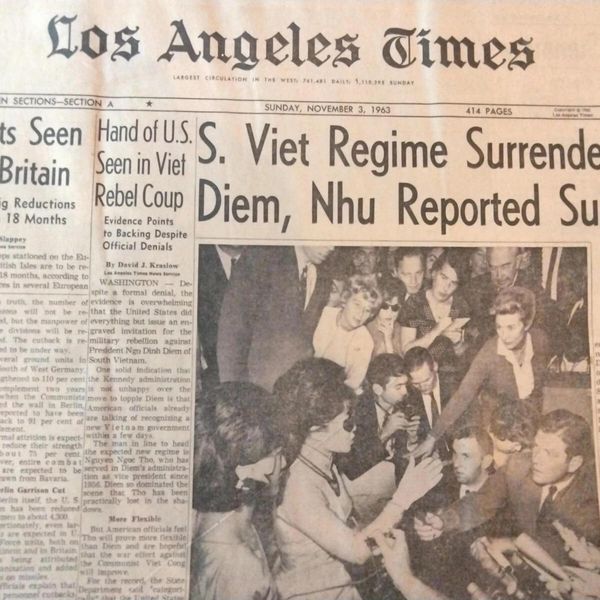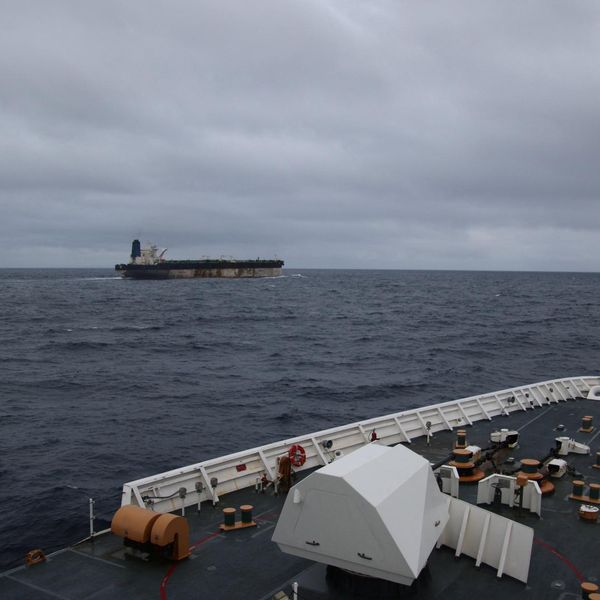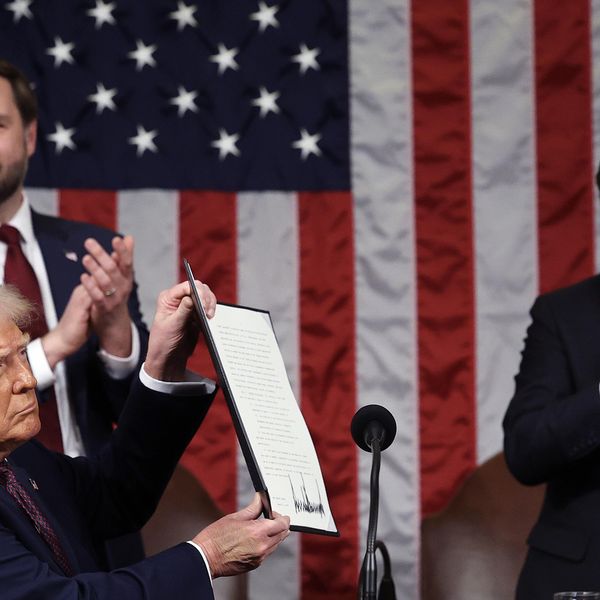Transatlanticism’s sternest critics all too often fail to reckon with the paradox that this ideology has commanded fervent devotion since the mid-20th century not because it correctly reflects the substance of U.S.-European relations or U.S. grand strategy but precisely because it exists in a permanent state of unreality.
We were told that America’s alliances have “never been stronger” even as the Ukraine war stretched them to a breaking point. Meanwhile, Europeans gladly, if not jubilantly, accepted the fact that Europe has been rendered poorer and less safe than at any time since the end of WWII as the price of “stopping Putin,” telling themselves and their American counterparts that Russia’s military or economic collapse is just around the corner if only we keep the war going for one more year, month, week, or day.
Perhaps the biggest and cruelest lie of all, one stemming back to the tragic conceit of Woodrow Wilson’s attempt to remake post-1918 Europe on the basis of his Fourteen Point program, is the naively millenarian sentiment that the balance of power and hard power realities are relics of a less enlightened age, replaced by the universal dictates of liberal democracy.
So it is that top Western leaders and thinkers convinced themselves that a war-torn country which is entirely dependent on Western military, financial, and humanitarian aid — which could sustain its own war effort for barely several months, if even that, if the aid was to stop — should actually be treated as a wholly independent actor capable of making its own foreign policy decisions completely untethered from the aspirations, priorities, and convictions of its Western backers.
The Trump administration’s snap decision to freeze U.S. aid to Ukraine has drawn no shortage of incredulous reactions, but there is a sense in which it was always bound to end this way. After years of willful, destructive dereliction by the previous administration, the dog is finally reasserting control of its tail in a way that cannot but shock and dismay those, especially on the other side of the Atlantic, who’ve come to believe that the Zelensky government can forever adhere to its unrealistic victory plans and peace formulas, forever exercise a veto on any form of diplomatic engagement between Russia and the West, and forever sustain Western support even as Russia’s growing battlefield advantages approach critical mass.
President Volodymyr Zelensky sought to prosecute the war as long as it takes to secure what he sees as credible security guarantees, centering on soliciting NATO boots on the ground in Ukraine or securing Ukraine’s outright NATO membership. The Trump administration, by stark distinction, made clear early on its goal of facilitating a negotiated end to the Ukraine war in a way that does not entail the extension of any concrete U.S.-backed security guarantees.
Zelensky hurriedly responded to the freeze by appearing to walk back his maximalist position on security guarantees and willingness to negotiate with Russia, but it remains to be seen whether this change in tone will translate into a meaningful change in Ukraine’s diplomatic strategy.
This is not, nor has it ever been, a contest between evenly leveraged partners. Ukraine relies overwhelmingly on U.S. military assistance, including the provision of Starlink internet services, and intelligence sharing to sustain its military effort. Any speculation that the Europeans can inherit America’s share of that burden and indefinitely fund Ukraine in Washington’s absence will quickly run up against the qualitative and quantitative deficiencies that required Washington to take a leading role as Ukraine’s supplier in the first place.
On that score, it is no accident that, in spite of surging political will among European leaders to do something, all the European plans presented thus far hinge on the U.S. acting as a security backstop in a way that, to one degree or another, secures America’s explicit, binding commitment to go to war against Russia over Ukraine, something that the Obama and Biden administrations themselves repeatedly rejected, and is opposed by large majorities in every NATO country.
The situation has escalated to this point because Ukraine, flanked by the UK, France, and other European players, has refused to heed the Trump administration’s repeated statements and signals on these issues. The administration has therefore unsurprisingly turned up the pressure on Zelensky, sending its strongest signal yet that continued U.S. assistance to Ukraine amid Russia’s invasion is conditional on Kyiv engaging as a good faith participant in a negotiated track with Moscow.
The decision to freeze, rather than terminate, aid appears to be consistent with a strategy not to wash its hands of Ukraine, which would be counterproductive to ending this war and detract from Washington’s larger goal of securing some kind of detente with Moscow, but to exercise U.S. leverage in a way that facilitates meaningful progress in negotiations. It also ensures that the U.S. does not simply relinquish one of its main sources of leverage over Russia, a point that will become increasingly important when the negotiations progress to discussion of contentious topics, particularly on the territorial question, where Moscow maintains its own set of maximalist demands which will likely need to be watered down to achieve a viable, durable peace.
To be sure, it is regrettable that the dissonance between Washington and Kyiv has reached a point where this kind of move is seen as necessary, and there is an inherent risk that this kind of direct compellence against Ukraine can inadvertently strengthen Russia’s hand both on and off the battlefield. This risk will have to be mitigated by vigorous behind-the-scenes diplomacy to reassure Kyiv that Washington’s goal to end the war is intended to benefit Ukraine, not throw it under the bus, and that the U.S. is in it for the long haul when it comes achieving a durable peace that all the parties can live with.
The idea of supporting Ukraine “as long as it takes” with no explicit strategic goal whilst Russia slowly grinds down the country was neither sustainable nor ethical. Over the past three years, the West continually abdicated its outsized share of ownership over diplomacy to end the war by dressing up its strategic paralysis in hollow moralistic slogans. This administration recognizes Washington’s role as a central driver of events and seeks to wind down this war in a way that doesn’t just serve U.S. interests but puts postwar Ukraine in a position to recover and eventually flourish while promoting a broader stability in Europe.
This will require careful, sustained diplomacy with all three stakeholders — Ukraine, Russia, and Europe — and the surgical juxtaposition of sticks and carrots in service of a larger incentive structure that gives everyone a long-term peace.
The administration is now moving with full recognition that the status quo on Ukraine is and has always been unviable, but this realization should be coupled with a deliberate, nuanced, and patient approach, one that extends beyond a ceasefire, to work toward a reinvigorated architecture of European security with the goal of ensuring that nothing like the catastrophe that has played out since 2022 can reoccur.
- Trump may get Russia and Ukraine to the table. Then what? ›
- Trump and the viable road to peace in Ukraine ›
- 'Isn't it beautiful'? Foreign policy highlights in Trump address | Responsible Statecraft ›
- Ukraine could become "dysfunctional ward" of West | Responsible Statecraft ›
















